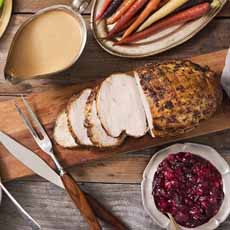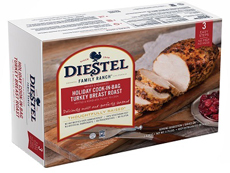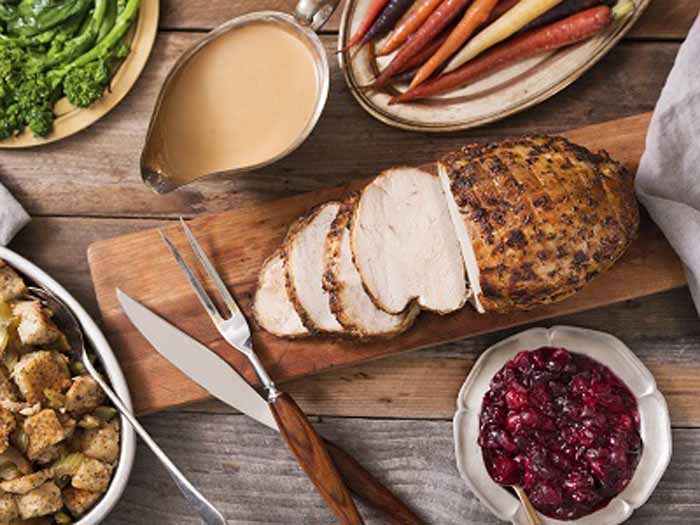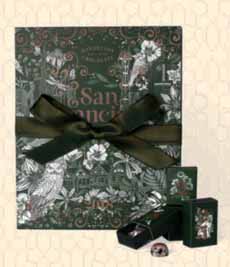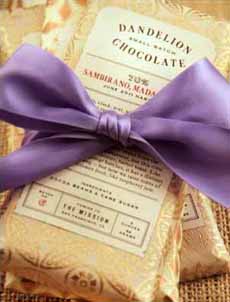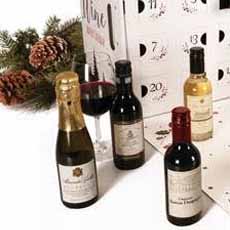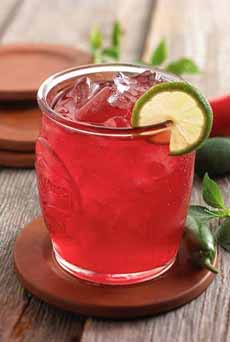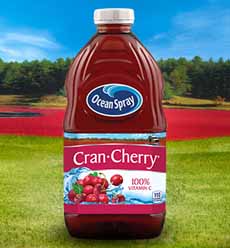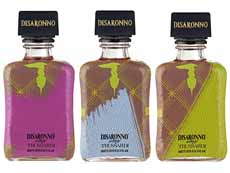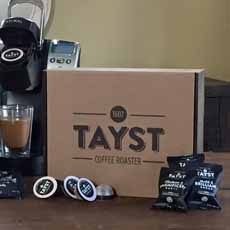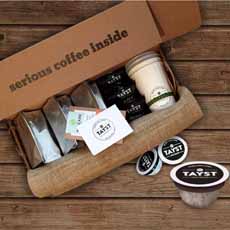|
WHAT’S AN ADVENT CALENDAR?
Advent, from the Latin word adventus, means “coming.” It’s a time of waiting and preparation for the celebration of the Nativity of Jesus, on Christmas Day.
A tradition begun by Lutherans in Germany, the first known Advent calendar dates to 1851. Its purpose: to count down the 24 days of December until Christmas.
Most Advent calendars begin on December 1st, regardless of when Advent is celebrated in any particular year (it’s the fourth Sunday prior to Christmas, which can range from November 27th to December 3rd).
Early Advent calendars were handmade. Some were strictly religious in nature; others were secular. Some involved affixing colored pictures to a piece of cardboard. Children’s versions had pieces of candy affixed to cardboard. Some have been handed down as treasured family heirlooms.
The first printed Advent calendar was published in 1908, and the now-familiar versions followed, with windows that opened out of the cardboard to reveal a religious image, inspirational photo or, for children, a treat or a coin.
Today, most Advent calendars are made for children: large and festive rectangles of printed cardboard with a different window to be opened on each of the 24 days. The more elaborate versions have a small gift behind each window: a charm, a tiny toy, a piece of candy.
Chocolatiers create versions with a different piece of chocolate behind each window.
You can find beer Advent calendars in Europe (actually a box of 24 beers), and there’s a wine Advent calendar right here in the U.S., with 24 compartments of wine (see below).
The chocolate and wine Advent calendars we present here are memorable gifts. Don’t tarry: These items sell out quickly, and need to be in the hands of the recipients by December 1st.
DANDELION CHOCOLATE: CHOCOLATE ADVENT CALENDAR
Dandelion Chocolate, a San Francisco-based maker of artisan chocolate bars, partnered with some of their favorite Bay Area chocolatiers and treat makers to craft “the Advent calendar of our childhood dreams.”
It’s also a labor of love for small mom-and-pop chocolate makers to craft an extra 800 or 1600 bonbons in the months before the holidays. That’s why only 800 Advent calendars are available.
The gift contains four pounds of chocolate! Each large calendar contains 25 hand-picked, treat-filled, reusable treasure boxes playful decorated with hand-drawn birds, animals, plants or flowers that are local to the Bay Area (photos #1 and #2).
The chocolates inside are crisp, smooth, or chewy; chocolatey, fruity, or nutty. Each beautifully crafted, the array of flavors and textures changes daily, and each treat contains some element of Dandelion’s cacao nibs or single-origin chocolate.
Just a taste of the confection: Burnt Honeycomb, Caramel Crunch, Gingersnap Praline, Mini Blood Orange and Smokey the Bourbon Bonbons; Oolong Crisp Bar; and Speculoos Coffee Tile.
This year’s calendar, $110, is illustrated with by local artist Maggie Enterrios, with calligraphy are from Lisa Quine. Every calendar in the collection is numbered by hand and comes tied in a shimmering forest-green bow.
GET YOURS NOW, AT DANDELIONCHOCOLATE.COM.
Also consider Dandelion’s assortment of single origin chocolate bars, wrapped in beautiful paper with an explanation of the origin and its flavors (photo #3). You can give one as a stocking stuffer, or a gift set.
DIRECT WINES: WINE ADVENT CALENDAR
This innovative wine Advent calendar (photos #4 and #5) was created for those who delight in a daily glass of wine.
It contains 24 quarter-bottles (187ml) of top-quality wines from winemakers around the world, including:
A Champagne with two gold medals
A fine Bordeaux from the exceptional 2015 vintage
A 5-star estate Rioja and similar
A barrel-aged Chardonnay…
And 20 more
Behind each of the calendar’s 24 windows, the quarter-bottle provides a generous glassful (187ml) of world-class wine from top winemakers around the globe.
It’s a daily celebration of the season and of the grape.
|
